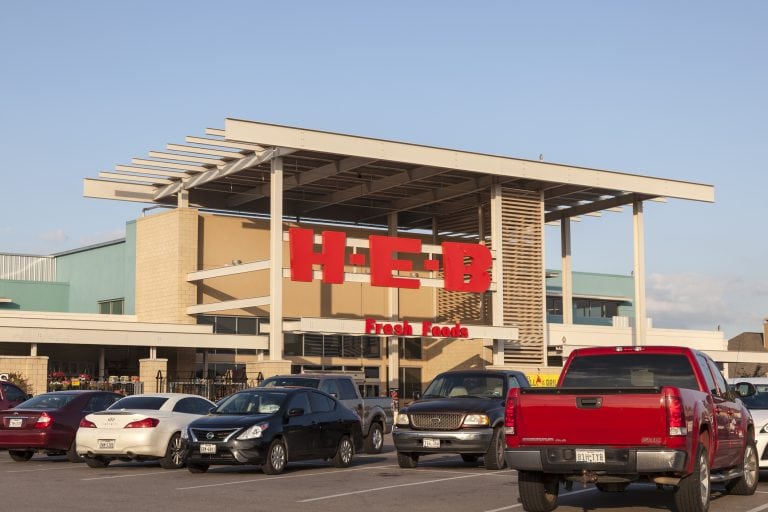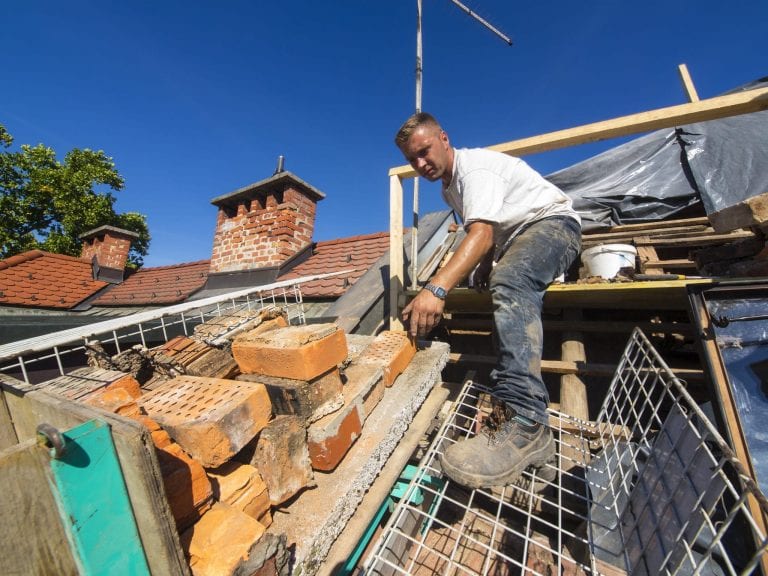
Classifying Worker Exposure to SARS-CoV-2 Worker risk of occupational exposure to SARS-CoV-2, the virus that causes COVID-19, during an outbreak may depend in part on the industry type and need for contact within 6 feet of people known to have, or suspected of having, COVID-19.
OSHA has divided job tasks into four risk exposure levels, as shown below. Most American workers will likely fall in the lower exposure risk (caution) or medium exposure risk levels.
Occupational Risk Pyramid for COVID-19
VERY HIGH EXPOSURE RISK
Jobs with a high potential for exposure to known or suspected sources of COVID-19 during specific medical, postmortem, or laboratory procedures. Workers include:
• Healthcare and morgue workers performing aerosol-generating procedures on or collecting/handling specimens from potentially infectious patients or bodies of people known to have, or suspected of having, COVID-19 at the time of death.
HIGH EXPOSURE RISK
Jobs with a high potential for exposure to known or suspected sources of COVID-19. Workers in this category include:
• Healthcare delivery, healthcare support, medical transport, and mortuary workers exposed to known or suspected COVID-19 patients or bodies of people known to have, or suspected of having, COVID-19 at the time of death.
MEDIUM EXPOSURE RISK
Jobs that require frequent/close contact with people who may be infected, but who are not known or suspected patients. Workers in this category include:
• Those who may have contact with the general public (e.g., schools, high-population-density work environments, some high-volume retail settings), including individuals returning from locations with widespread COVID-19 transmission.
LOWER EXPOSURE RISK (CAUTION)
Jobs that do not require contact with people known to be, or suspected of being, infected.
• Workers in this category have minimal occupational contact with the public and other coworkers.
For more information, see the Guidance on Preparing Workplaces for COVID-19.
Source: OSHA







